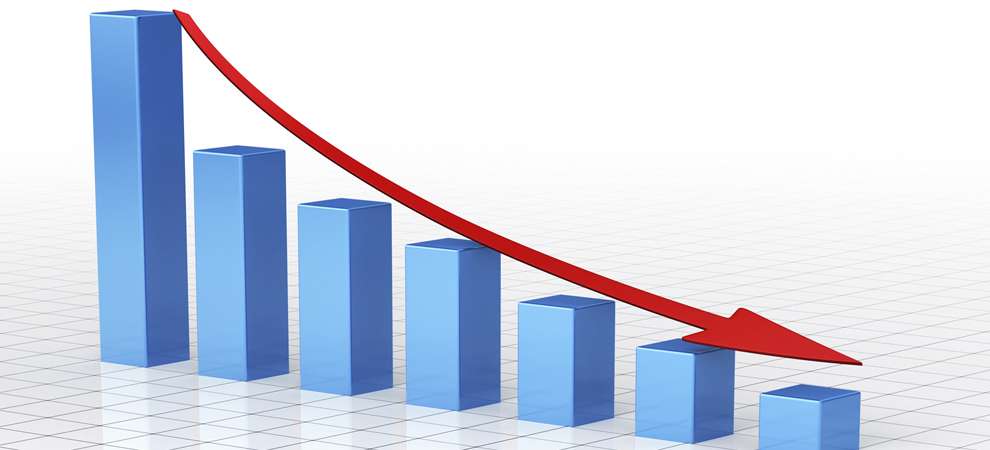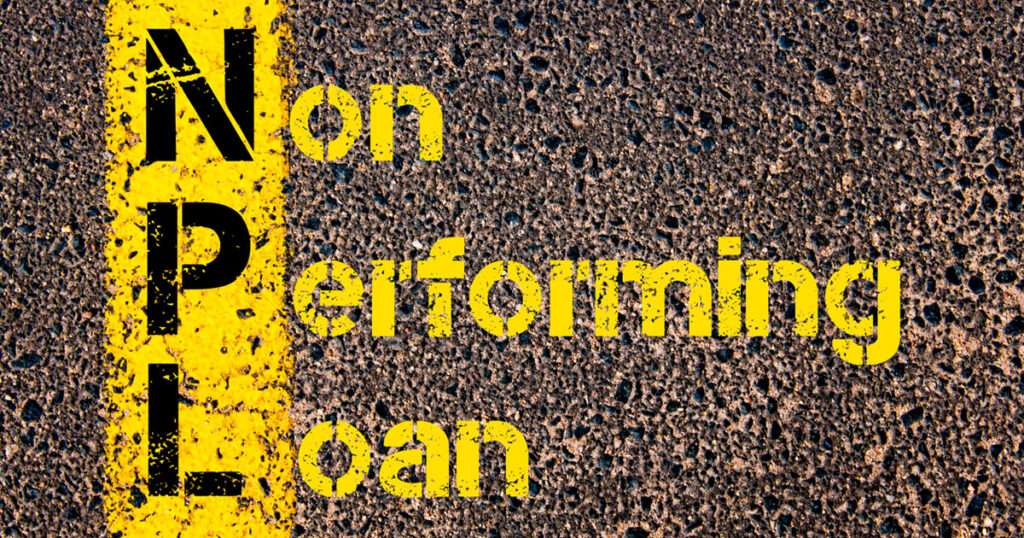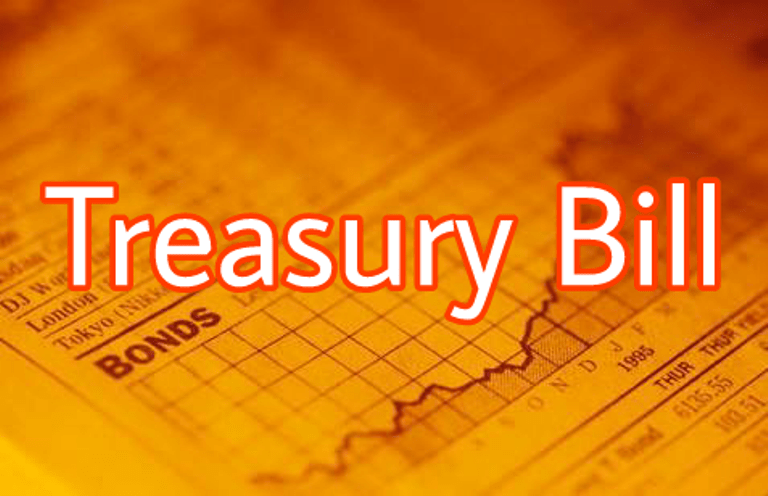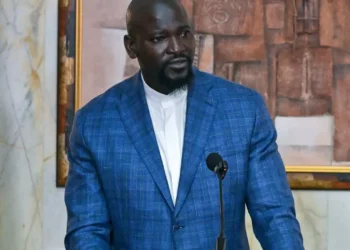Recent data published by the Bank of Ghana (BoG), has revealed that interest rates on government short-dated debt instruments have broadly shown a downward trend as of today, 4th October 2021.
The interest rate on the 91-day Treasury bill declined by about 1.9 basis points from 12.49 per cent on 27th September 2021 to record 12.47 per cent today.
Similarly, the 182-day Treasury bill rate declined by about 3.86 basis points to record 13.17 per cent today as compared to rate of 13.22 per cent recorded on 27th September 2021.
According to Monetary Policy Committee’s report, dated 27th September 2021, “money market interest rates continued on the downward path across the yield curve”.
However, the 364-day Treasury bill interest rate continues to experience some upward trend to 16.21 per cent today from 16.17 per cent recorded on 20th September 2021.
With approximately three (3) months to end the year 2021, government through the BoG, is doing everything to raise funds to finance its budget.
This means, Treasury bill rate must be made relatively attractive in order to secure the attention of investors.
A closer look at the medium-term government debt instrument like the 2-year Treasury Note depicted an increasing rate to 17.50 per cent as of 27th September 2021 as compared with 17.25 per cent recorded on 2nd August 2021.
With all other things being equal, investors are likely to turn to medium and long-term government debt instruments whose rates have relatively remained unchanged overtime.

Observed trends
Data from the Bank of Ghana show that, “the 91-day and 182-day Treasury bill rates declined to 12.5 percent and 13.3 percent respectively, in August 2021, from 14.0 percent and 14.1 percent respectively, in August 2020”.
In a similar vein, the rate on the 364-day instrument decreased marginally to 16.2 percent from 16.9 percent over the same comparative period.
However, the 15-year and 20-year bond remained unchanged at 19.8 percent and 20.2 percent, respectively, as all other medium-to long-term instruments generally declined.
As of May 2021, data from the Bank of Ghana showed that commercial banks had in their possession GHc86.5 billion, which represents 50 per cent of the total government domestic debt of GHc171.1 billion.
These periods were also characterised with increasing deposits to banks, as total deposits to banks experienced an increase from 20.5 per cent in August 2020 to 21.8 per cent in August this year.
Credit to private sector, on the other hand, declined from 15.6 per cent in August 2020 to 8.7 per cent in the same period this year.

Addressing Non-performing loans
According to the BoG, “average lending rates of banks declined marginally to 20.5 percent in August 2021 from 21.4 percent recorded in the same period of 2020”.
However, banks continue to battle with non-performing loans. Non-performing loans within the sector increased from 15.5 per cent in August 2020 to 17.3 percent in August 2021.
Meanwhile, “results from the latest Credit Conditions Survey point to a potential increase in demand for credit over the next two months”.
Results from the survey depict that commercial banks are likely to soften their credit stands to firms and households.
This, Dr. Ernest Addison, the Governor of the BoG disclosed, may translate into credit growth to cushion the ongoing recovery process.
“Private sector credit growth has not fully recovered to pre-pandemic levels due to lingering supply-side risk aversion from the shock of the pandemic, as well as slower-than-expected growth in demand for loans that are backed by bankable projects.”
Dr. Ernest Addison
READ ALSO: Fintech and Innovation Office to Promote Fintech Innovation – Bank of Ghana



















